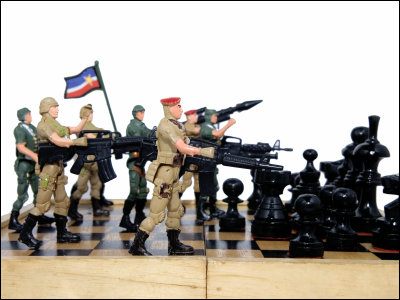Reconnaissance aircraft `` A-12 '' capable of `` plasma stealth '' with fuel containing cesium

SR-71, a supersonic and high-altitude strategic reconnaissance aircraft developed by Lockheed and used in the U.S. Air Force during the 1960s and 1990s, is well known for its unique body shape and nickname of 'Blackbird' It was the aircraft that had been. In the reconnaissance aircraft “
The SR-71 Blackbird's Predecessor Created 'Plasma Stealth' By Burning Cesium-Laced Fuel-The Drive
https://www.thedrive.com/the-war-zone/29787/the-sr-71-blackbirds-predecessor-created-plasma-stealth-by-burning-cesium-laced-fuel
Around the 1950s and around 1960s was a time when it was thought that radar discovery was unavoidable from numerous tests. In 1959, CIA teamed up with Lockheed to develop the A-12. Since the A-12 plays a role as a reconnaissance aircraft, it can fly at high speeds and high altitudes, but the overall shape, radar avoidance mechanism, radio wave absorber paint, etc. to prevent it from being caught by the radar It was an aircraft incorporating the latest technology at the time.

By
However, even with A-12, which had such a number of the latest technologies, when flying at a top speed far exceeding Mach 3, it had a problem that the huge afterburner and exhaust were caught by the radar inevitably. It was.

The solution to this problem is “ Plasma Stealth ”. Plasma stealth uses the principle that ionized gas ( plasma ) absorbs radio waves such as radar waves. In order to mount plasma stealth on the A-12, Lockheed devised a means of mixing the Acesium additive called A-50, which generates ionized gas, with the fuel to give a stealth effect to the afterburner and exhaust.
The jet fuel with the A-50 cesium additive was reported to be useful, but the CIA questioned about the impact of this A-50 cesium additive on people and engines. According to The Drive, which reports the news, A-50 cesium additives were not used for basic operations, but A-50 cesium additives were used when permitted for certain missions. It may have been used. However, it is 'I do not know clearly' because it is confidential information whether A-50 cesium additive was actually used.
Radar waves coming from the rear of the aircraft are one of the difficult obstacles to stealth, so even today, plasma stealth is one of the useful techniques to improve the stealth performance on the rear side. In A-12, the impact on pilots and engines has become a problem, but if it is an unmanned and disposable weapon such as a cruise missile, plasma stealth will not have to consider the disadvantages.
Related Posts:
in Ride, Posted by darkhorse_log







